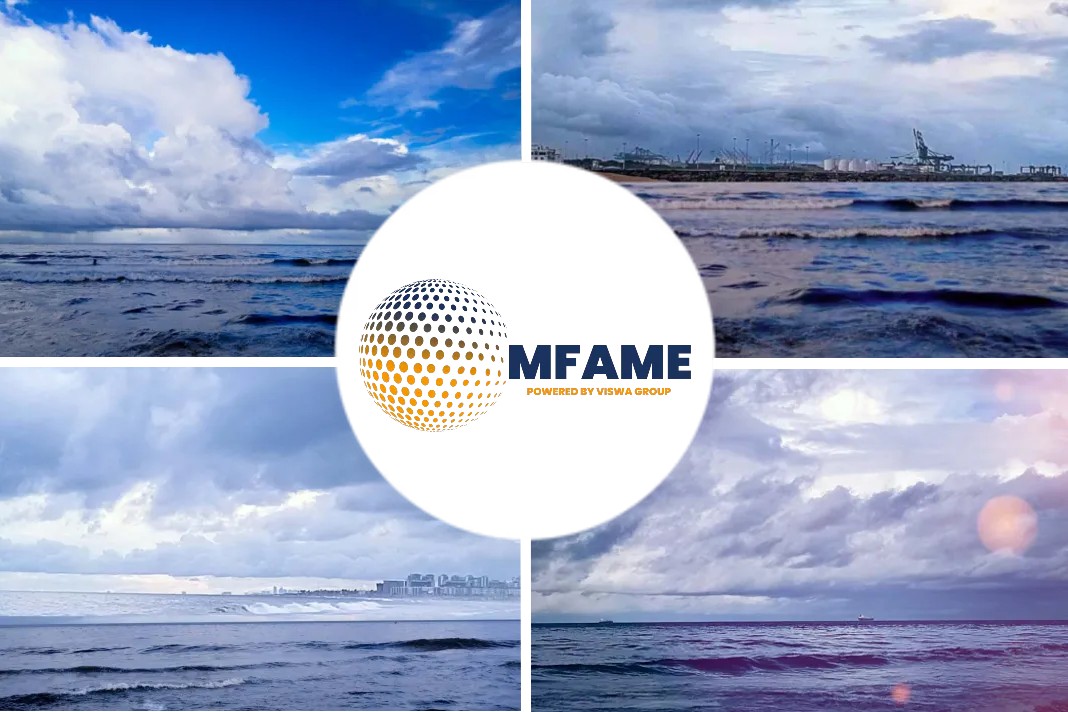According to a Lloyd’s List article, compliance with the climate change agenda is expected to come via additional slow steaming, use of low-carbon fuels, including LNG, and using green fuels, such as hydrogen and ammonia.
LNG the best bet?
Liquefied natural gas-fuelled ships with eco-design may be the best option for a shipping industry in a rush to adapt to the red tape being thrown around it in response to climate change
FOR NOW, THE INDUSTRY IS STUCK WITH DIESEL SHIPS UNTIL AT LEAST THE MIDDLE OF THE NEXT DECADE.
SHIPPING’S path to decarbonisation has been discussed at length at London International Shipping Week, but for one of the industry’s most forthright thinkers, the journey starts with liquefied natural gas.
How to take trade forward?
Speaking at the Hill Dickinson seminar on Wednesday morning, Clarkson Research Services non-executive president Dr Martin Stopford said the industry is stuck with diesel ships until at least the middle of the next decade.
“You can’t move the world’s trade without them,” he said.
With questions lingering regarding the technology on the market and availability of green fuels, Mr Stopford said LNG-fuelled ships with eco-design were “the next best thing”.
“We should go down that road as soon as we can,” said Dr Stopford.
LNG Key Point of Strategy
If shipping is to reach the proposed carbon emission goals set out by the International Maritime Organization, targeting a 50% reduction in CO2 emissions on 2008 levels by 2050, he said LNG must form a key part of strategy for the future.
Indeed, he noted how achieving the IMO target would come in three ways: through the acceleration of slow steaming; low-carbon fuels — including LNG, or zero-emission shipping; and using green fuels, such as hydrogen and ammonia.
LNG viable for deep sea?
The latter, he said, was still not viable for wholesale adoption, particularly in deepsea operations — which contributes the industry’s largest carbon footprint — with major technological and financial barriers still to be overcome.
Rather, he expected zero-emission shipping to be concentrated, as it is now, on shortsea shipping routes, a sector he expected to grow significantly as trade became increasingly regionalised.
Slow steaming will help towards the IMO goal. However, this and a small contingent of ships sailing carbon-free would not suffice, said Dr Stopford.
He added: “You can buy an LNG-fuelled ship for around $8m-$10m more compared with a standard ship. And you can probably even get that down a bit”.
“Looking at the longevity of these ships, this is the best route. It’s not perfect but it gets you part of the way there.”
Did you subscribe to our daily newsletter?
It’s Free! Click here to Subscribe!
Source: Lloyd’s List






















